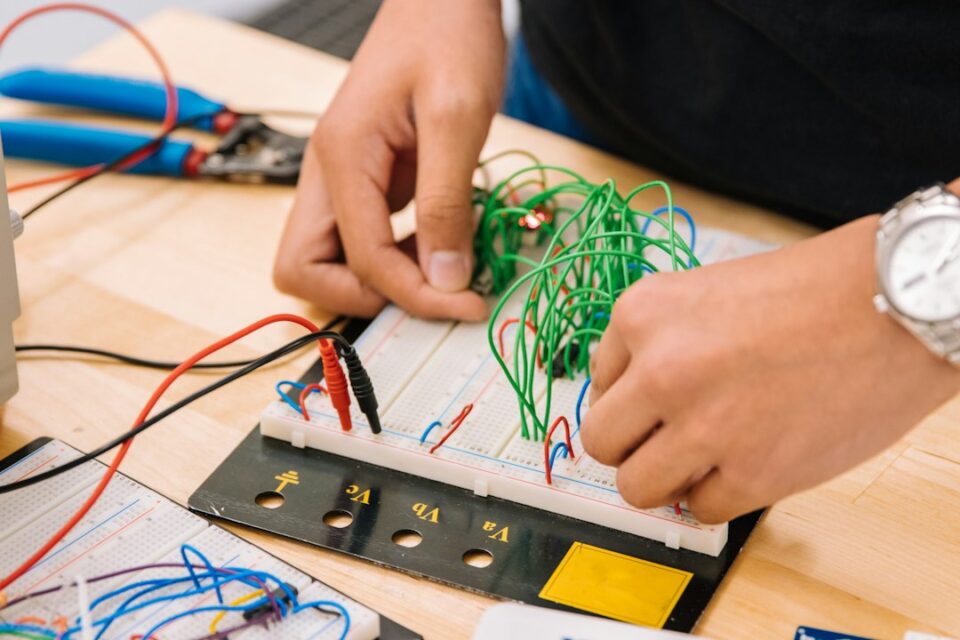The Science behind E-learning: Understanding the Psychology of Learning Online
In the modern world, technology has revolutionized the way we learn. E-learning has become increasingly popular, providing individuals with the opportunity to gain knowledge and skills from the comfort of their own homes. But have you ever wondered about the science behind this method of learning? How does our brain process information online? In this blog post, we will explore the psychology of learning online and how it can be optimized for better results.
One key aspect of e-learning is the concept of self-paced learning. In traditional classrooms, everyone is expected to learn at the same pace, which can be challenging for some students. However, e-learning allows learners to progress through the material at their own speed. This is due to the fact that individuals have different learning styles and preferences, which affect their ability to absorb information. Some people may prefer to read a lecture transcript, while others may find it easier to watch a video. By allowing learners to choose how they access information, e-learning caters to individual preferences, making the learning process more effective.
Another fascinating aspect of e-learning is the utilization of multimedia. Studies have shown that the human brain processes visual information much faster than text. This is why e-learning platforms incorporate videos, images, and interactive elements to enhance learning. For example, a video lecture may include animations and visualizations to illustrate complex concepts. This multimodal approach helps engage learners and aids in their comprehension of the subject matter.
Moreover, e-learning provides instant feedback, which is crucial for effective learning. In a traditional classroom, students have to wait for the teacher to grade their assignments or tests to know how well they have performed. However, e-learning platforms often include built-in quizzes and assessments that provide immediate feedback. This instant feedback allows learners to identify their weaknesses and improve upon them quickly. Furthermore, the gamification of e-learning, where learners earn points or badges for completing tasks, can be highly motivating and increase learner engagement.
One aspect of learning that is often overlooked is the importance of social interaction. In a classroom setting, students have the opportunity to discuss ideas, work in groups, and learn from each other’s experiences. However, e-learning platforms have recognized the significance of social learning and have incorporated features that facilitate communication and collaboration. For instance, discussion forums and chat options allow learners to interact with their peers and instructors. This interaction not only provides a sense of community but also fosters a deeper understanding of the subject matter.
Finally, the brain plays a vital role in memory formation and retention. Research has shown that the brain has a limited capacity for information storage, and learners often forget what they have learned if it is not reinforced. E-learning platforms take advantage of this principle by implementing spaced repetition. Spaced repetition is a technique where information is repeated at increasing intervals to reinforce memory. By presenting information at specific intervals, e-learning taps into the brain’s ability to remember information effectively.
In conclusion, e-learning has brought about a revolution in the way we acquire knowledge. By understanding the psychology behind learning online, we can make informed choices about the design and implementation of e-learning platforms. The self-paced nature, multimedia integration, instant feedback, social learning, and spaced repetition are all factors that contribute to the effectiveness of e-learning. As technology continues to advance, it is important to continue exploring the science behind e-learning and its potential for enhancing the learning experience.

